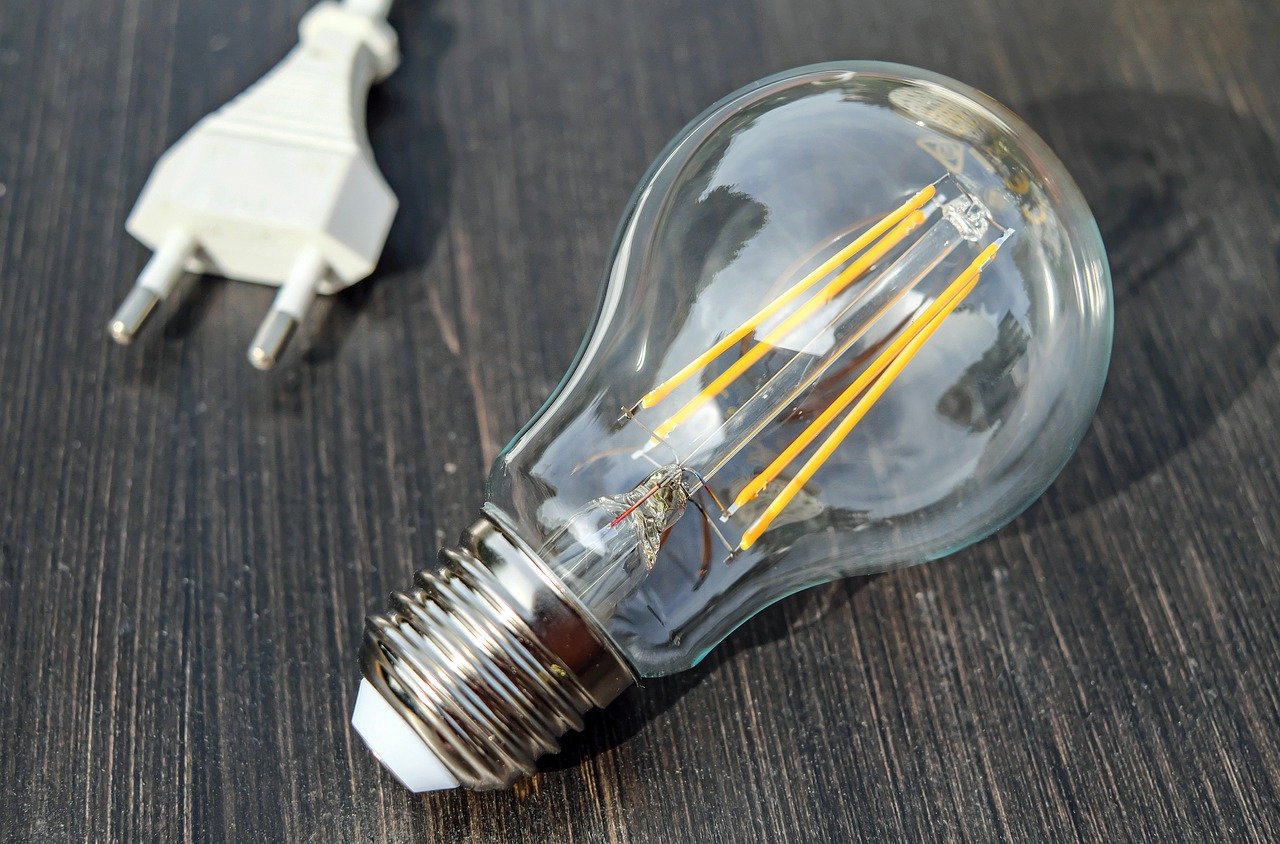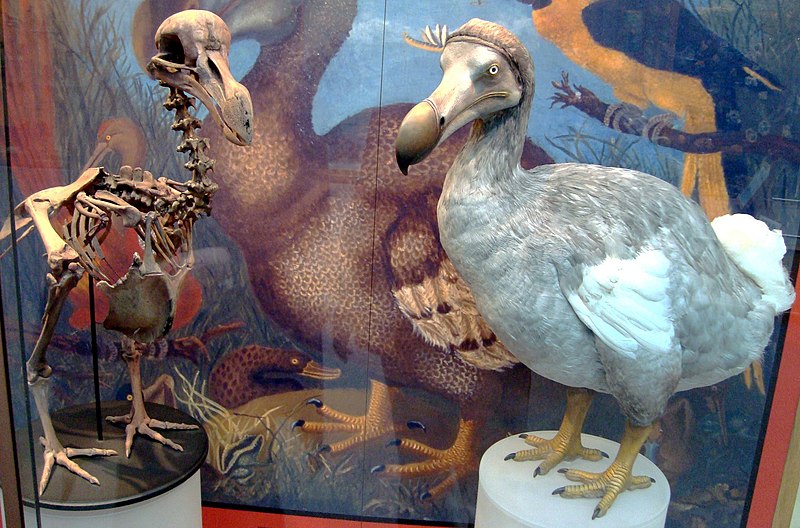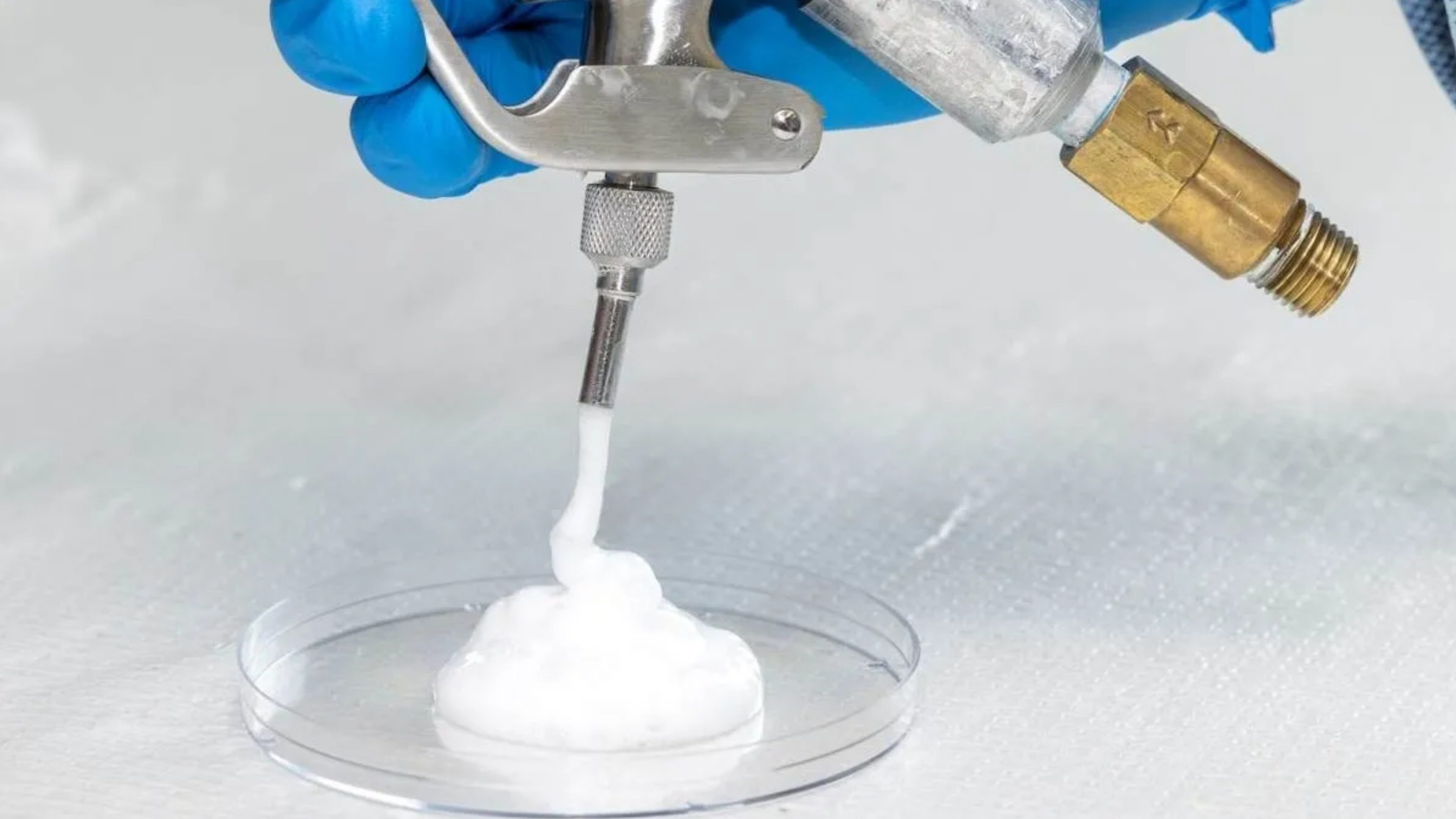Worldwide many countries are reducing their reliance on fossil fuels by boosting renewable-energy output. However, to rely on these inherently variable and inconsistent renewable energy sources like solar and wind, we need to tackle renewable energy’s storage problem.
Now, scientists have developed an innovative technique called Underground Gravity Energy Storage (UGES) to solve this issue. This novel technique not only proposes an effective long-term energy storage solution but also helps in using now-defunct mining sites.
Worldwide there are over a million of abandoned mines. When the ore in the mine is exhausted, it is just useless. Now in this study, researchers are going to use the shafts of such mines as energy-storing gravity batteries.
“Mines already have the basic infrastructure and are connected to the power grid, which significantly reduces the cost and facilitates the implementation of UGES plants,” Julian Hunt, the lead author of the study, said in a statement.
Science behind the working of these energy-storing gravity batteries
Scientists have converted the potential energy of the sand into electricity. When there is excess of renewable electricity generation, the sand is lifted from the mine to an upper reservoir with the help of electric motors to store energy. However, when generated electricity is less, UGES generates electricity by lowering sand into an underground mine.
“To decarbonize the economy, we need to rethink the energy system based on innovative solutions using existing resources. Turning abandoned mines into energy storage is one example of many solutions that exist around us, and we only need to change the way we deploy them,” said Behnam Zakeri, study coauthor and a researcher in the IIASA Energy, Climate, and Environment Program.







